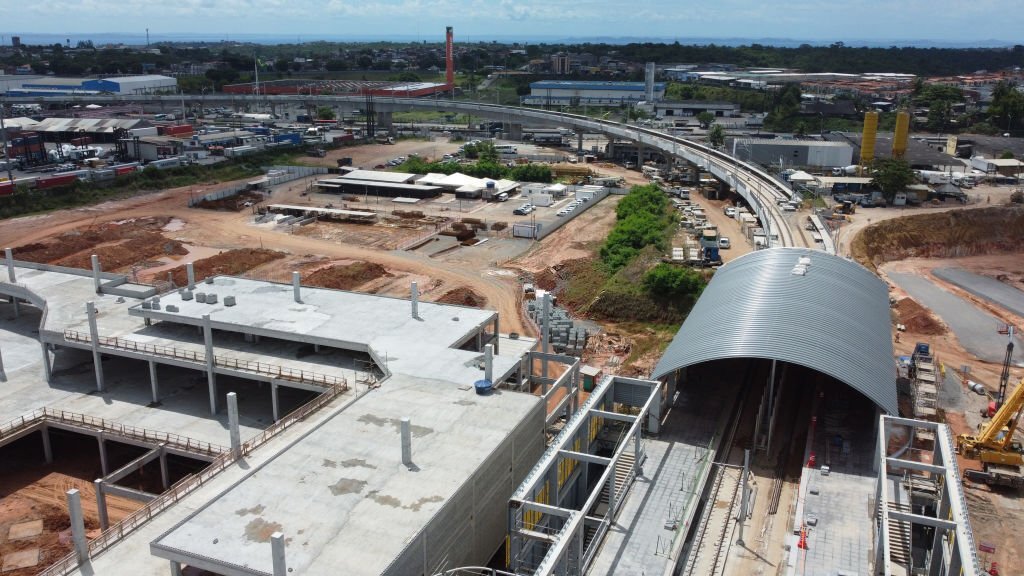
Introduction:
The railway industry, a cornerstone of global transportation, has embraced technology to revolutionize its maintenance practices. Modern railway maintenance equipment has evolved from simple mechanical tools to sophisticated systems integrated with cutting-edge technology. This article delves into the transformative role of technology in modern railway maintenance equipment. From Internet of Things (IoT) integration and artificial intelligence (AI) to data analytics and remote monitoring, technology is propelling the rail industry toward enhanced efficiency, predictive maintenance, safety, and reliability.
Integration of IoT in Railway Maintenance:
Internet of Things (IoT) technology has emerged as a driving force behind the transformation of rail maintenance equipment. By embedding sensors in equipment, railways gain real-time insights into various parameters, including equipment health, performance, and operational conditions. IoT-enabled equipment communicates crucial data to centralized systems, allowing operators to monitor performance remotely, identify anomalies, and make informed decisions. From monitoring track conditions to predicting part failures, IoT integration enhances efficiency and minimizes downtime through proactive maintenance.
AI and Machine Learning in Rail Maintenance:
Artificial Intelligence (AI) and machine learning are revolutionizing the rail maintenance landscape. These technologies enable the analysis of massive datasets generated by railway systems and equipment. AI algorithms can detect patterns, anomalies, and trends that are imperceptible to human operators. This results in predictive maintenance, where equipment issues are anticipated before they lead to breakdowns. AI-powered systems offer insights into optimal maintenance schedules, thereby reducing downtime, increasing efficiency, and ensuring the integrity of rail operations.
Data Analytics Driving Decision-Making:
Data analytics harnesses the wealth of information generated by railway maintenance equipment and operations. Analyzing this data provides valuable insights into equipment performance, operational patterns, and maintenance needs. Data-driven decision-making allows rail networks to optimize maintenance schedules, allocate resources efficiently, and make informed investment decisions. By leveraging historical and real-time data, data analytics enhances the precision of maintenance practices and contributes to the overall reliability of rail networks.
Remote Monitoring and Control:
Remote monitoring technology empowers operators to oversee railway maintenance equipment from a distance. With the ability to access real-time data and video feeds, operators can diagnose issues, make adjustments, and even remotely control equipment. This capability is particularly valuable for equipment operating in challenging environments or in hazardous situations. Remote monitoring enhances safety, reduces the need for on-site interventions, and expedites maintenance response times.
Predictive Maintenance Strategies :
Predictive maintenance, powered by advanced technology, is a paradigm shift in rail maintenance practices. By utilizing IoT data, AI algorithms, and historical trends, rail networks can predict equipment failures before they occur. This approach optimizes maintenance schedules, reduces downtime, and minimizes operational disruptions. Predictive maintenance also extends the lifespan of equipment and ensures that assets are utilized efficiently.
Enhanced Safety Measures:
Technology-enhanced railway maintenance equipment contributes to enhanced safety measures. Sensors embedded in equipment can monitor factors such as temperature, vibration, and equipment stress. This data helps detect potential safety hazards and enables operators to take preemptive action. Additionally, remote monitoring and AI-driven analysis offer insights into safety risks, allowing operators to address issues proactively and prevent accidents.
Realizing Operational Efficiency :
The integration of technology in modern railway maintenance equipment directly translates to operational efficiency. Equipment that is IoT-enabled, AI-driven, and data-informed operates optimally, reducing unnecessary downtime and maintenance cycles. This efficiency ensures that rail networks function seamlessly, meet schedules, and provide reliable services to passengers and freight alike.
Sustainability and Environmental Considerations :
Modern railway maintenance equipment integrates technology to address environmental concerns. Advanced systems optimize energy consumption, minimize emissions, and reduce waste through efficient maintenance practices. By embracing technology, rail networks contribute to sustainability goals while maintaining operational excellence.
Challenges and Future Directions:
While technology offers tremendous benefits, its integration comes with challenges. These include the need for ongoing training, potential cybersecurity threats, and the cost of implementing advanced systems. However, the industry is actively addressing these challenges to harness the full potential of technology in rail maintenance. The future holds the promise of further advancements, including the fusion of AI, IoT, and robotics, which will revolutionize rail maintenance practices even further.
Conclusion :
Technology has transformed modern railway maintenance equipment into highly intelligent and efficient systems. From IoT integration to AI-powered predictive maintenance, data analytics, and remote monitoring, technology is reshaping the rail maintenance landscape. The industry’s embrace of these advancements is driving enhanced operational efficiency, predictive capabilities, safety, and sustainability. As the rail sector continues to evolve, technology will remain at the forefront, ensuring that rail networks worldwide deliver reliable and efficient transportation solutions for the present and the future.

